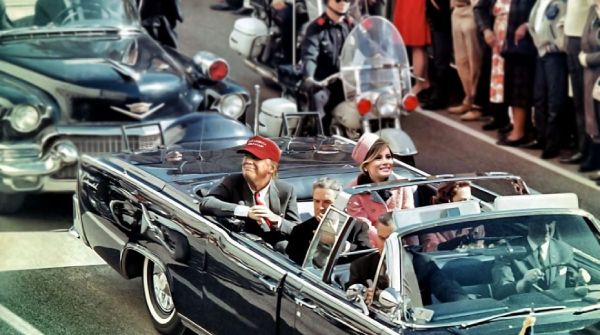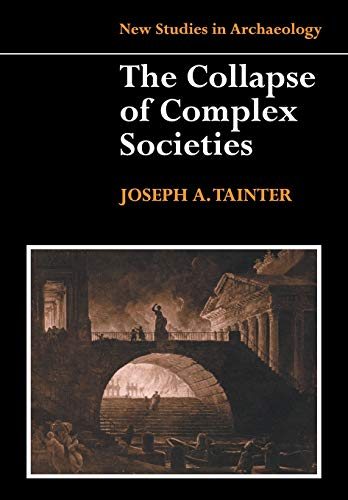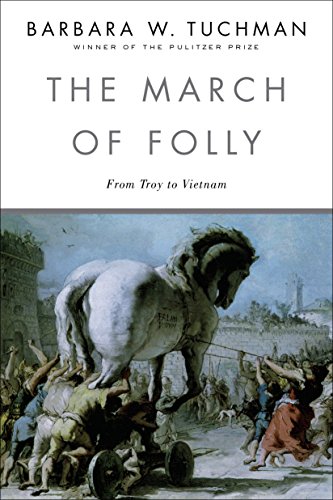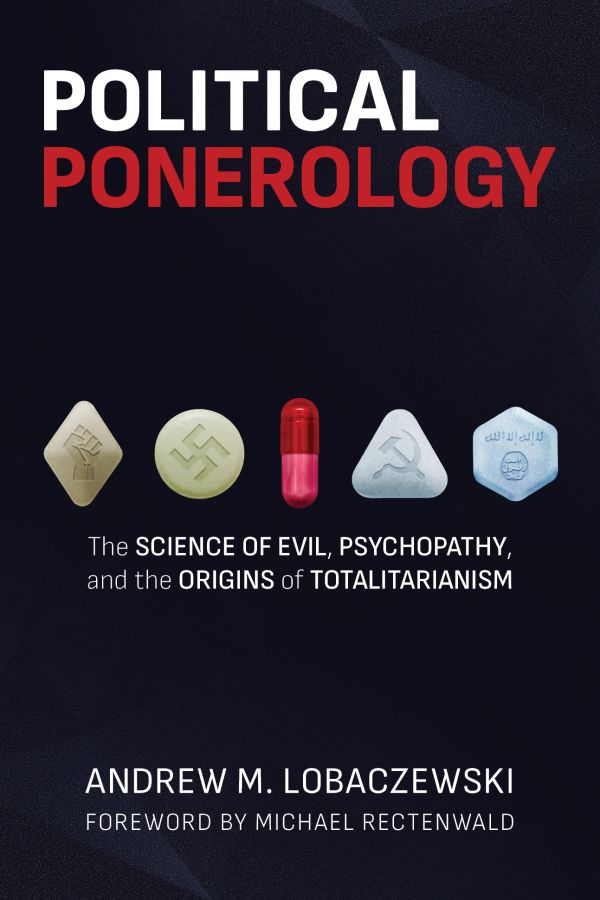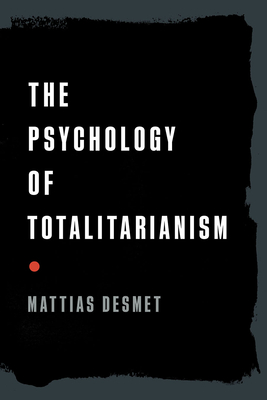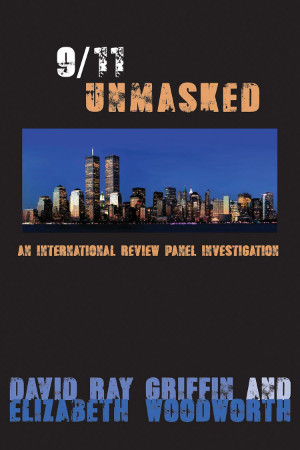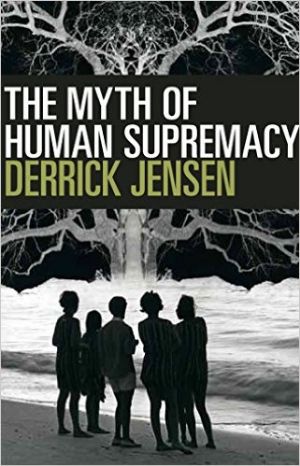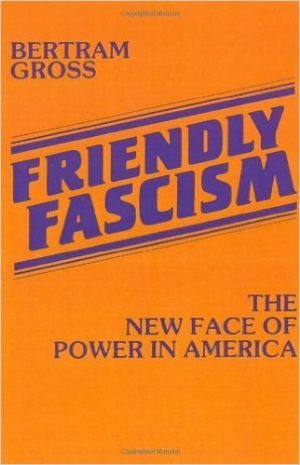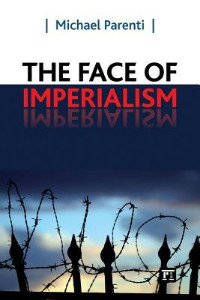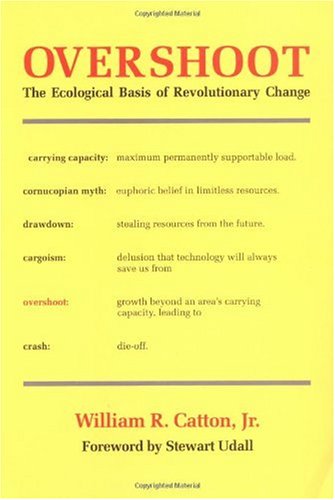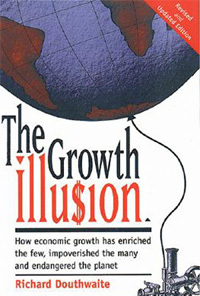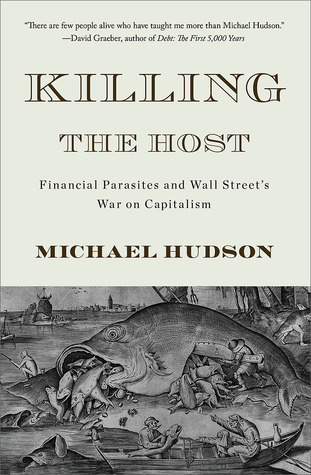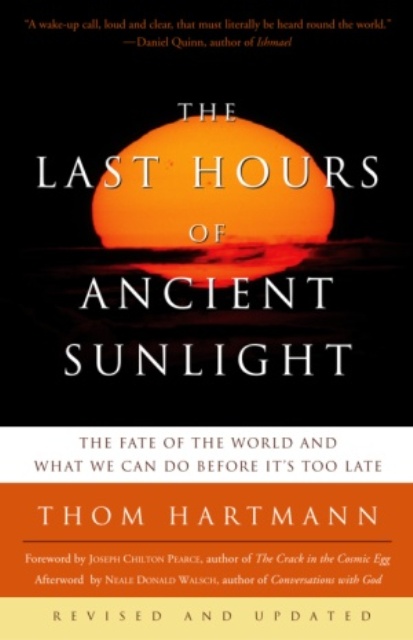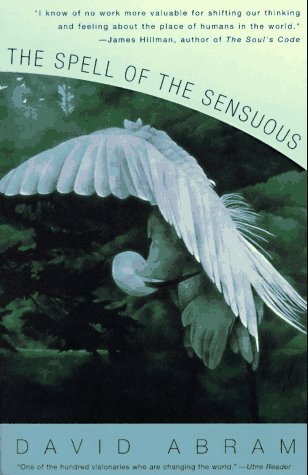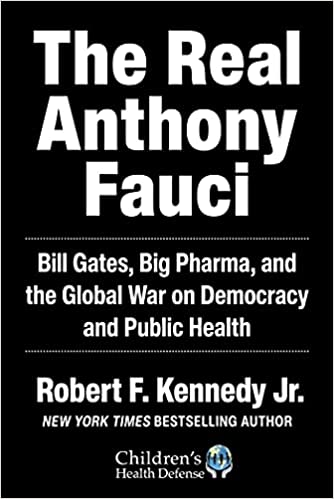The cycle of unholy coincidences between the security state and disturbed lone wolf assassins
In the contemporary West, there’s an obsessive focus on psychology, childhood trauma, and breaking cycles. The emphasis is squarely on the self, with the belief that if individuals can break generational patterns by consciously exploring the rabbit hole of their inner wholeness, they’ll evolve into better, more enlightened humans—and society, as a whole, will “level up.” Western society is beholden to this theory without noticing the glaring holes within it. If we’re all to become more whole, then our institutions must also reflect wholeness and decency, rather than glorifying greed and power. Instead, we see systems rewarding the most morally bankrupt among us, legitimising their continued unholy existence. “Breaking trauma cycles” is the phrase du jour, yet there’s almost no focus on breaking societal cycles. In fact, most history curricula fail to teach the cyclical nature of history or the Hegelian dialectic that explains cause and consequence over time.
Polybius, one of the earliest historians to write about the cyclical nature of politics and history, once stated, “Since the masses of the people are inconstant, full of unruly desires, passionate, and reckless of consequences, they must be filled with fears to keep them in order. The ancients did well, therefore, to invent gods and the belief in punishment after death.” Just look at the modern news cycle for proof of how this tactic persists today. The relevance of Polybius’ insight becomes even more pertinent when you consider that he wrote it during the decline of the Hellenistic empire—just as it was collapsing into the black hole of history—and holy sh*t that’s eerily applicable as we watch the fall of U.S. hegemony in real time. Western society’s fixation on the self and the use of scare tactics by institutions to maintain control inevitably leads to deceptions surrounding the conspiratorial and collaborative causes of events designed to induce fear. The narrative often attributes the cause of disruptive events to a “disturbed” individual, to wholly deflect from the all-encompassing truth, which, on the whole, is often far more disturbing.
Take, for example, the first assassination attempt on former President Donald Trump. The official narrative of Crooks, a lone teenage gunman—disturbed, of course—crumbles under scrutiny. The behaviour of the security detail that day, the delayed response after the threat was identified, and the gunman’s ability to get into position, firearm and ladder in hand, are all deeply suspicious. That he appeared in a Blackrock promo video only raises further questions. We’ll get to the role of “banksters” soon enough, but citizen journalists have uncovered links between the gunman and phone calls to an FBI office, both months and days before Trump’s Pennsylvania rally. Only a conspiracy nut could conjure such nonsense that the security state may have been involved because, of course, it’s highly regular for most teenagers to be involved in some capacity with Blackrock and the FBI, and only a wholly rabbitholed kook could see the cyclical pattern of this narrative.
Consider Lee Harvey Oswald, perhaps the most famous “disturbed” lonewolf of all. We’re asked to believe that this unhinged man somehow outsmarted an entire Secret Service detail to assassinate a president he claimed to admire. Oddly, Oswald’s little green address book notes that Kennedy wasn’t even his intended target, suggesting that the death of arguably the most popular president in U.S. history might have been accidental. Coincidentally, Oswald, a former Marine, allegedly defected to the USSR after becoming disillusioned with American propaganda. His own writings suggest he was on a secret mission for the CIA, working as an informant within Russia. Whether or not this is true, Oswald’s links to the military-industrial complex should be a glaring red flag to anyone with critical faculties. How many people have even minor connections to the security state? Probably less than 0.01%, yet these ties keep emerging in case after case involving infamous, high-profile assassins.
The connections between Charles Manson, MKUltra, and the security state were long dismissed as conspiracy theory. But documents now confirm Manson’s involvement in MKUltra, as well as his curious meetings with his parole officer—who, it turns out, shared office space with one of the program’s leaders. Despite multiple parole violations, Manson was never returned to prison. Why? The security state’s best-case motive seems to be that they allowed Manson to cultivate a murderous cult to sow fear. The establishment feared that groups like the Black Panthers, along with the anti-war movement in Hollywood, posed a threat to the old institutions of power. So, they induced a climate of fear within the people to prevent unity, utilising identity politics and racial baiting to create division and distrust, destroying any mounting threat to the old hegemony. Does this tactic sound familiar?
Similarly, the cycle of disturbed young men committing atrocities to terrify the public remains a powerful tool of control. Look at Timothy McVeigh and the Oklahoma City bombing. The official narrative paints McVeigh as a white supremacist and anti-government extremist. Yet, paradoxically, his actions seemed to do the government a favour. Some sources claim crucial documents tied to the Whitewater scandal—which could have led to the indictment of the Clintons—were conveniently lost in the explosion. Unsurprisingly, the bombing also served as a pretext for the government to crack down on anti-establishment groups, which had grown in response to events like Waco and Ruby Ridge. If we subscribe to the theory that the cause is manufactured to justify the “consequence,” which usually relates to tighter government control, it’s easy to question the official version of events. The key point, however, as with Oswald and Manson, is that yet again McVeigh had ties to the military-industrial complex and the CIA. In a letter to his sister, McVeigh claimed he was recruited into a secret black-ops team involved in smuggling drugs into the United States to fund covert activities and was “to work hand-in-hand with civilian police agencies to quiet anyone whom was deemed a security risk.” His co-conspirator, Terry Nichols, backed up the claims, alleging that an FBI agent, Larry A. Potts, oversaw these activities. While there’s no definitive proof, the coincidence is striking: yet another “disturbed” man with connections to the security state. What are the chances?
The same pattern surfaces outside the U.S., too. Most British citizens have no idea that Salman Abedi, the disturbed young man responsible for the 2017 Manchester bombing, was an MI5 asset. Both he and his father were members of the Libyan Islamic Fighting Group (LIFG) and were provided UK passports and citizenship on the proviso that they’d do the bidding of the British foreign office, first in Libya and then in Syria to overthrow Assad. Despite the FBI warning MI5 that Abedi was becoming radicalised and posed an imminent threat on home soil, no action was taken, and the consequences have left many Ariana Grande fans forever disturbed. Why did the security state allow this to happen? It’s no coincidence that a general election was approaching, with Jeremy Corbyn—an untouchable, incorruptible, anti-war peace advocate—poised to become Prime Minister. The establishment couldn’t allow that. They deployed their media machinery to paint Corbyn as a terrorist sympathizer. When the bombing occurred, it served as the perfect pretext to turn public sentiment in favour of the “tough on crime” party of the two-party duopoly; the timing couldn’t have been more opportunistic. Under this frame of analysis, the UK security state was lackadaisical with one of its assets at best. Another strange coincidence of links between the government and lone terrorists. We shall leave 9/11 Bin Laden and the Bush’s for another day.
But if most of the examples above were plots to induce fear within the public, then why assassinate Kennedy? Did the media spread the narrative that the general public was in danger from deranged lone gunmen mass murderers, as it did in the predictive programming post-Rambo era? Perhaps it was to destroy the hopes, a few rungs down on inducing pure fear, of the masses. More likely, it was Kennedy’s meddling with the Federal Reserve, the CIA, and the “banksters” that made him a target. His lack of support for escalating the Bay of Pigs invasion and his push for diplomacy—rather than toppling governments that defied U.S. interests—made him a persona non grata to the deep state. Probably the most troublesome president to the aspirations of the military industrial complex in the modern era alongside Trump. How coincidental that, aside from Reagan, possibly the only truly lone wolf, attempted assassination (fostered by John Hinkley Jr.’s love of Jodie), attempts have not occurred. However, when looking back at empirical evidence, it’s more likely his issuance of silver-backed United States Notes through Executive Order 11110, which circumvented the Federal Reserve, likely sealed his fate.
Interestingly, all four U.S. presidents who were assassinated—Lincoln, Garfield, McKinley, and Kennedy—opposed central banking and the Federal Reserve. Lincoln even forgiving the debt of the European central bank-backed Confederacy to the outrage of the Rothschilds. The second, Garfield, warned of the dangers to America should these Central Bankers ever gain power by stating shortly before his murder in 1881, “Whoever controls the money of a nation, controls that nation, and is absolute master of all industry and commerce. When you realise that the entire system is very easily controlled, one way or another, by a few powerful men at the top, you will not have to be told how periods of inflation and depression originate.” Then McKinley, who was assassinated shortly after implementing the “Sherman Antitrust Act,” against the Rothschild, supported and funded the JP Morgan financial empire. It’s worth noting that without the Fed, the wars America has undertaken couldn’t have occurred without raising taxes, hence requiring public support for state-sponsored violence. Again, it’s no coincidence that America is currently sending billions to Ukraine with little real public support.
The most remarkable feature of these coincidental relationships between disturbed young men, acts of terrorism, the security state, and assassinations of presidents opposed to central banks is how easily we’ve been taught to dismiss patterns as coincidence. We’re told it’s paranoid to see connections, that only crazy conspiracy theorists would dare join such ludicrous dots. Yet almost all ancient traditions teach the cyclical nature of existence—yin and yang—and the duality of good and evil. Even Carl Jung wrote extensively about synchronicity and the metaphysical forces at play in the world. So why are we conditioned to reject the idea of patterns? Probably because we’ve been programmed to. Behavioural psychology understands the power to be accepted, and so the majority of humans would opt to uncritically accept official narratives rather than bravely question power in pursuit of truth, or even more bravely still, question the legitimacy of the framework that we’ve been indoctrinated to view life through.
As individuals, we must be brave enough to be the square peg facing the round hole; we must recognise the collective consciousness as a whole, and we must wholeheartedly commit to breaking the trauma cycles imposed on society by those with holes where their hearts should be.
Author
Kayla Carman has taught History, Politics and Economics globally for almost 10 years. She carries out investigative journalism and writes articles on geopolitics and propaganda in her spare time.

